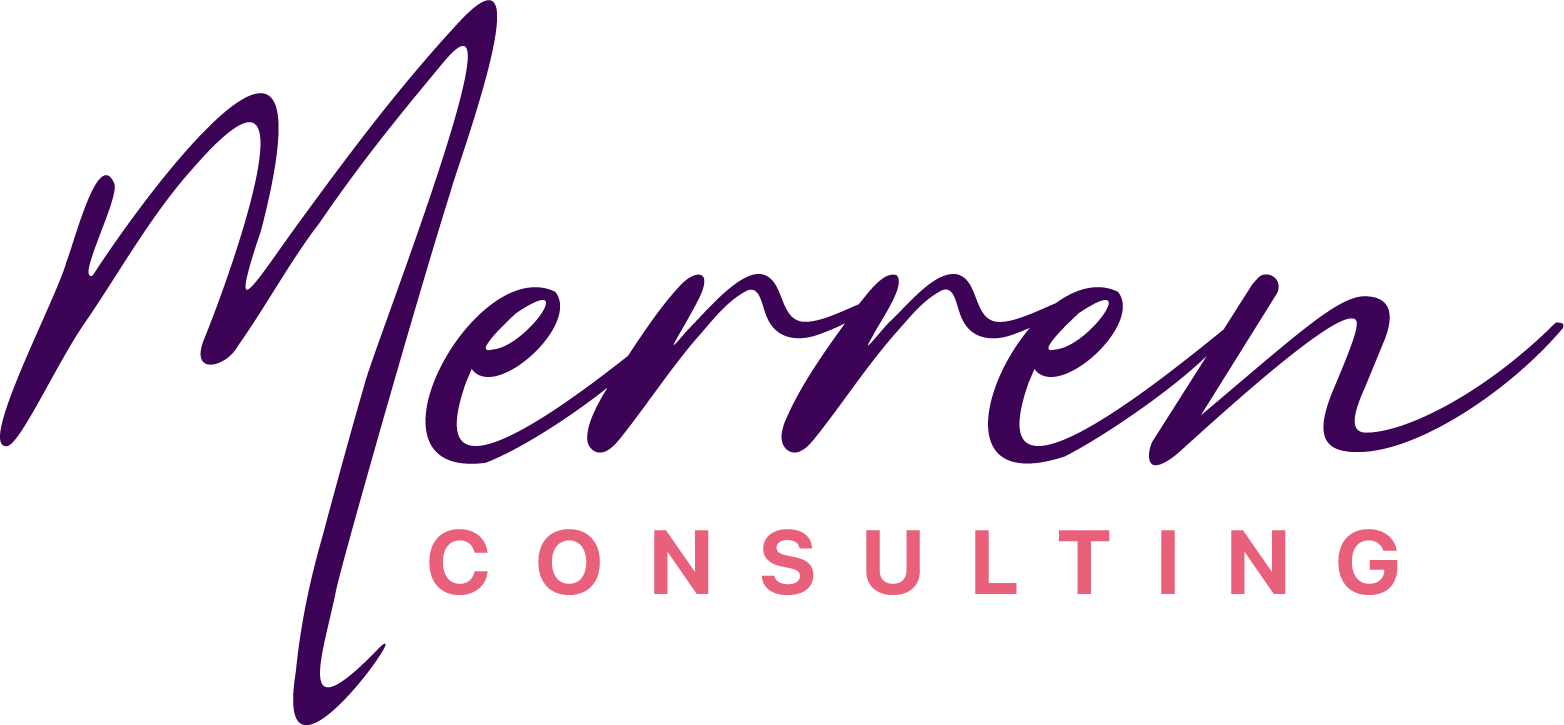Change is the only constant in business. Leadership turns over. Markets shift. Regulations tighten. Brands evolve. Some of this is carefully planned, some arrives without warning. Yet one truth remains: what people hear and how they hear it shapes outcomes more than the change itself. Change does not break organizations; poor communication does.
When uncertainty takes hold, employees speculate, stakeholders pull back and markets lose confidence.
The facts of the change matter, but the story around it matters more. Communication earns its value not as a statement after the fact, rather in the framework that steadies an organization through a transition.
Communication is Strategy not Spin
Too often, strategy and communication are seen as separate. Strategy sets direction, communication follows behind. In reality, communication is not decoration for strategy; instead, it is how strategy comes alive.
A merger that makes sense on paper will fail if employees cannot see their place in it. A new CEO will not succeed without credibility from day one. A regulatory challenge can erode years of brand equity if silence or missteps dominate the first news cycle.
In every case, success depends not only on what an organization decides but how those decisions are explained, contextualized and reinforced. Communication is where strategy meets trust.
- Where the Pressure Points Lie – Every organization faces moments when clarity matters most.
- Brand Repositioning – Consolidations and ownership shifts demand a single coherent narrative. Without it, confusion takes hold.
- Organizational Change – People need more than information. They need reassurance, direction and a reason to stay committed.
- Media Engagement – Headlines move faster than facts. Without proactive shaping, the story writes itself and rarely in your favor.
- Stakeholder Alignment – Regulators, investors and partners are united by one need: clarity. Transparency builds confidence; evasion destroys it.
- Crisis Management – A framework must exist before disruption arrives. The calm, consistent voice of leadership cannot be improvised. These are not communications exercises. They are moments when trust is tested in real time.
Why it Matters More than Ever
We live in an age of immediacy. Information spreads instantly, speculation fills silence and reputations can shift in days. In this environment, clarity is not optional. It is a competitive advantage.
Handled well, communication steadies the ship. It gives employees a reason to keep rowing, markets a reason to stay confident and stakeholders a reason to believe leadership is in control. Handled poorly, even the best strategies collapse under doubt.
The Real Lesson
Complexity is inevitable. Confusion is optional.
Every organization will face disruption. The difference lies in whether people walk away uncertain and mistrustful or reassured and aligned. That outcome depends on communication delivered with clarity, honesty and conviction.
In the end, change tests more than plans and processes. It tests belief, built through communication that is steady, transparent and true. When belief is strong, trust carries an organization forward.
Meet the Author
Kimberly brings 20+ years of senior-level experience in corporate communications, brand strategy, business development and stakeholder engagement within the financial services and legal sectors.


